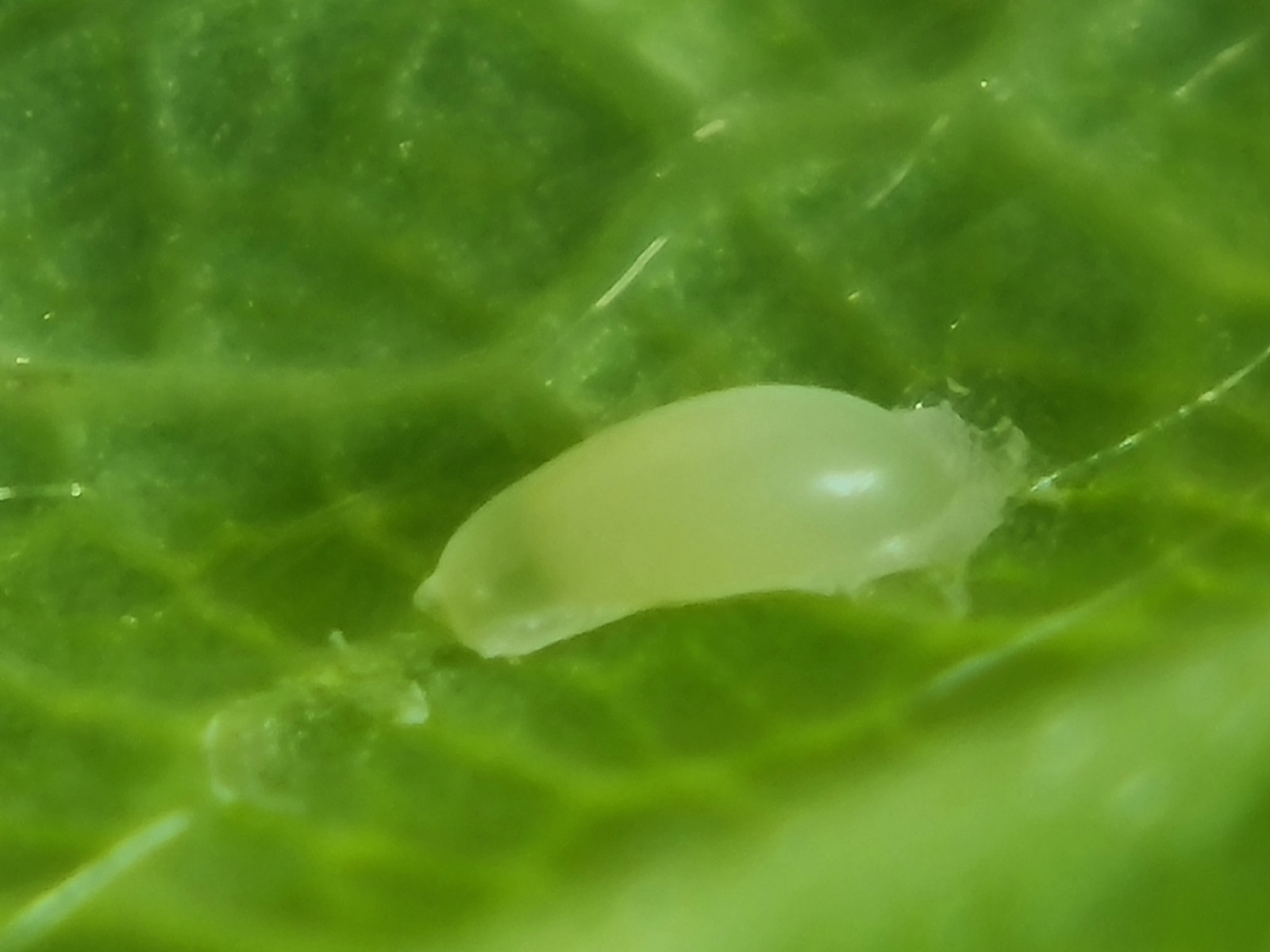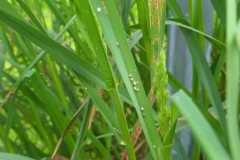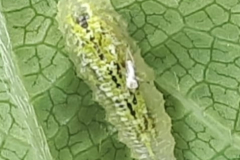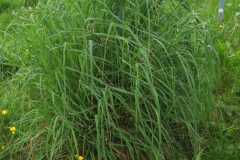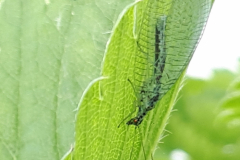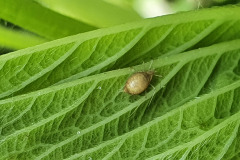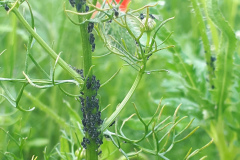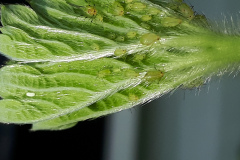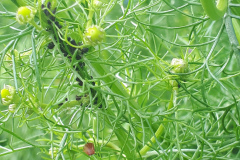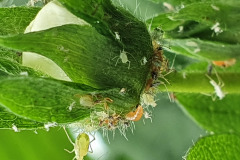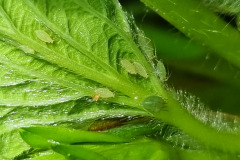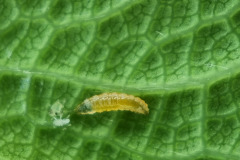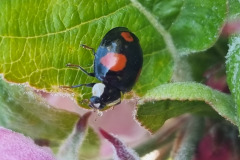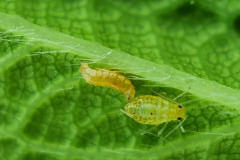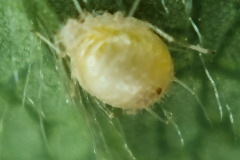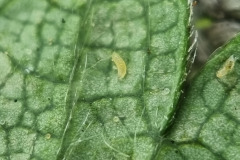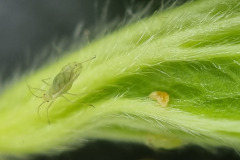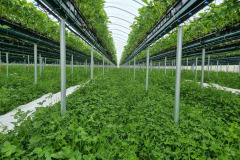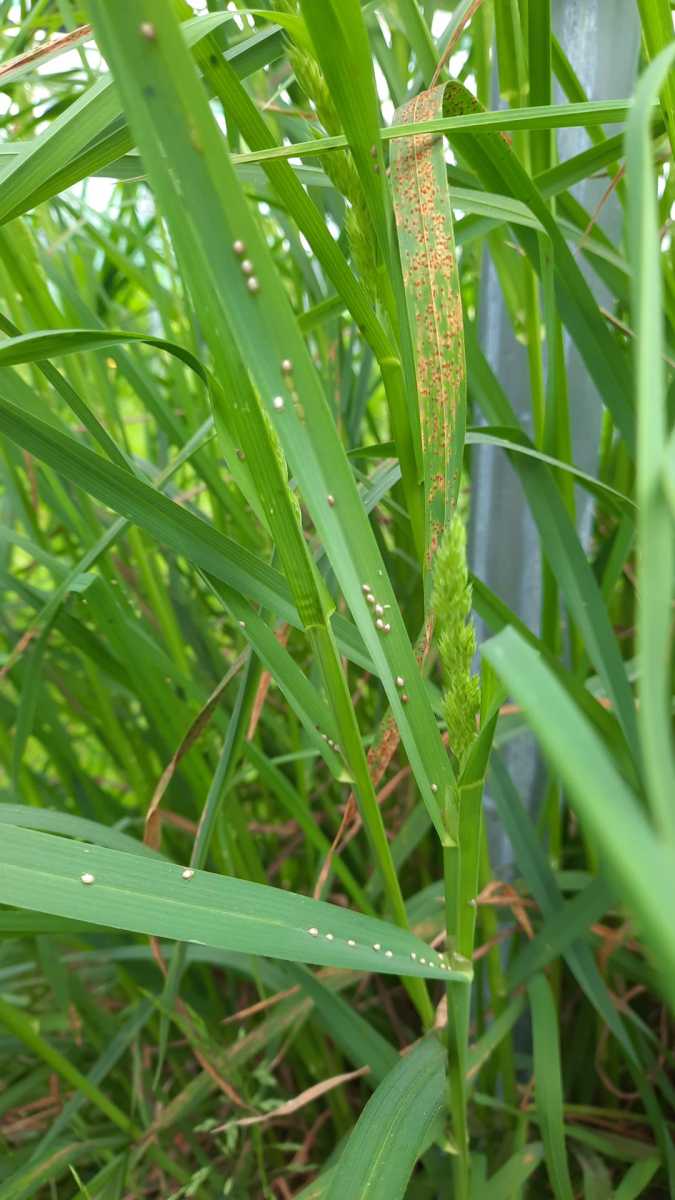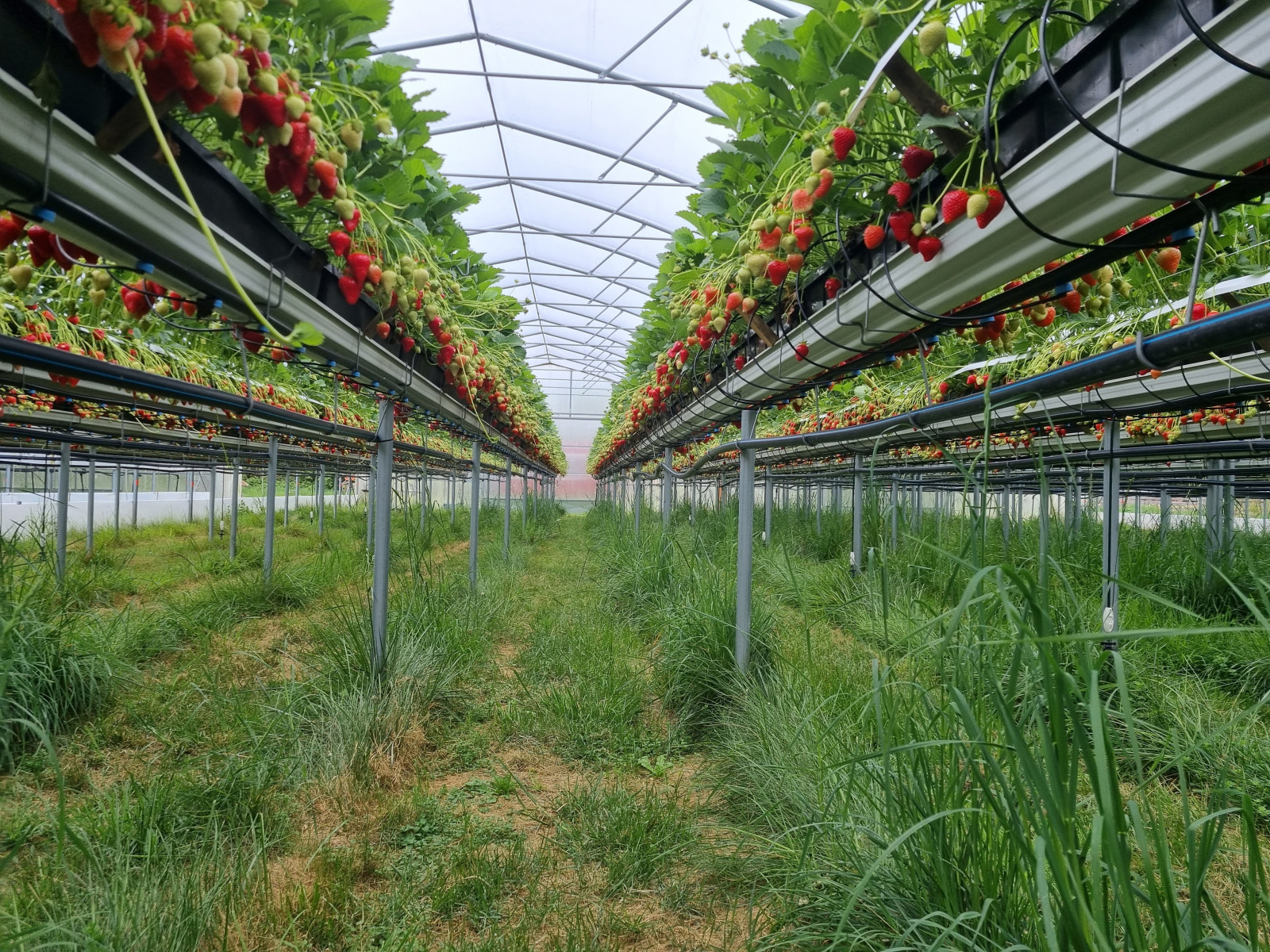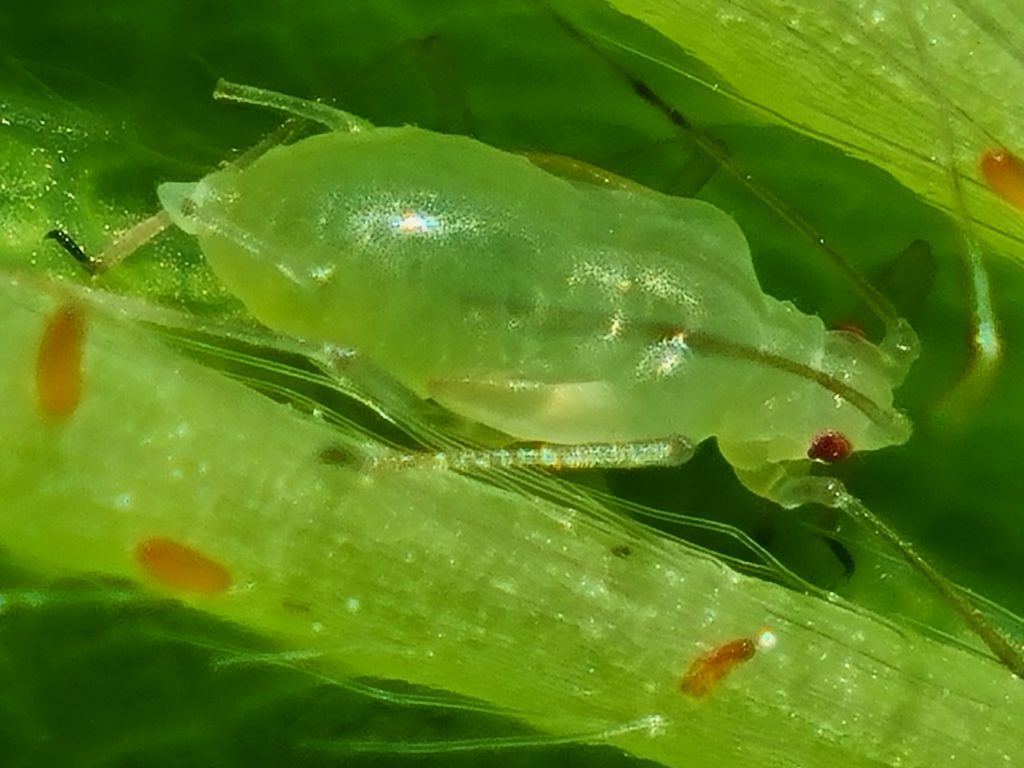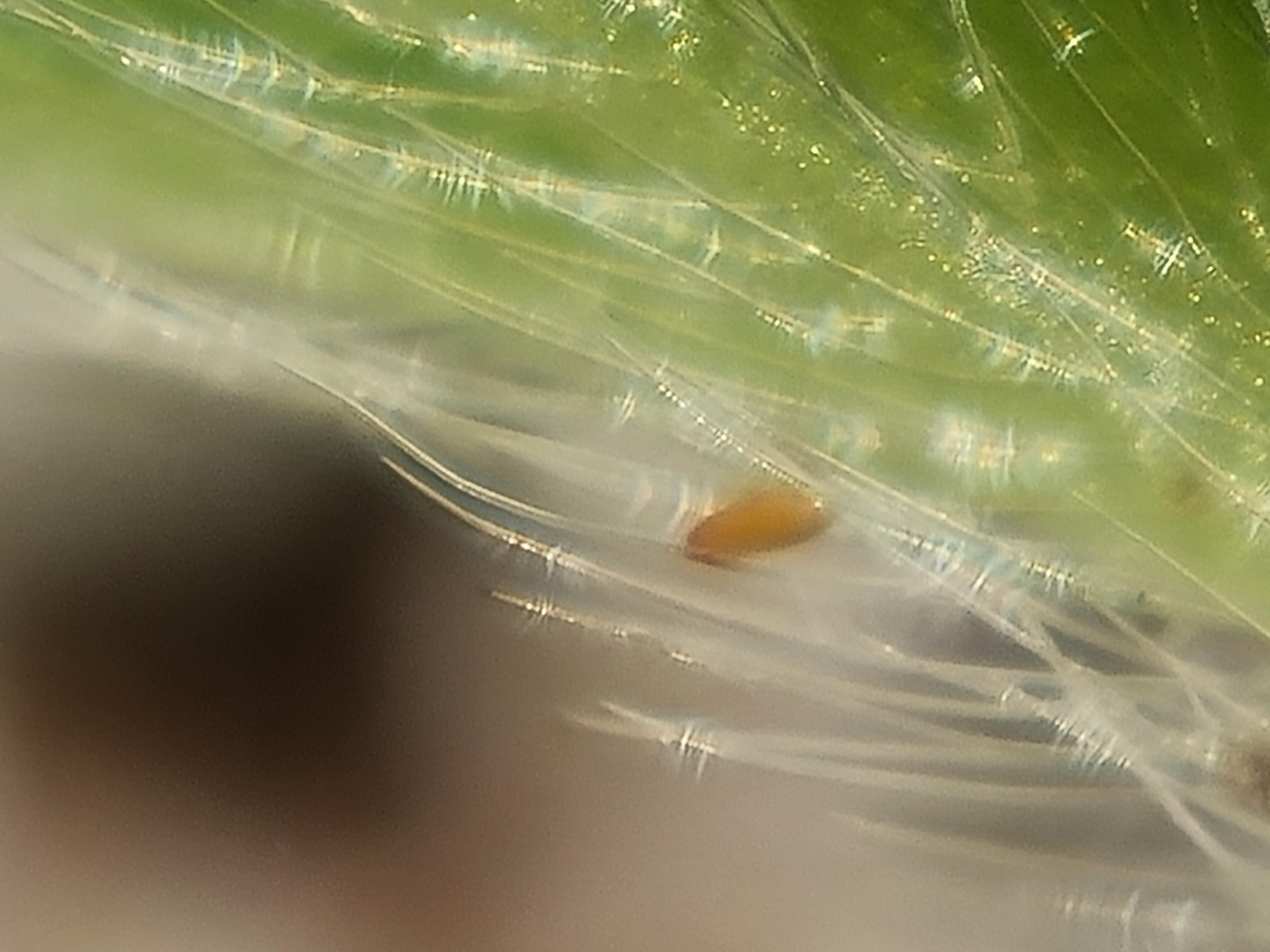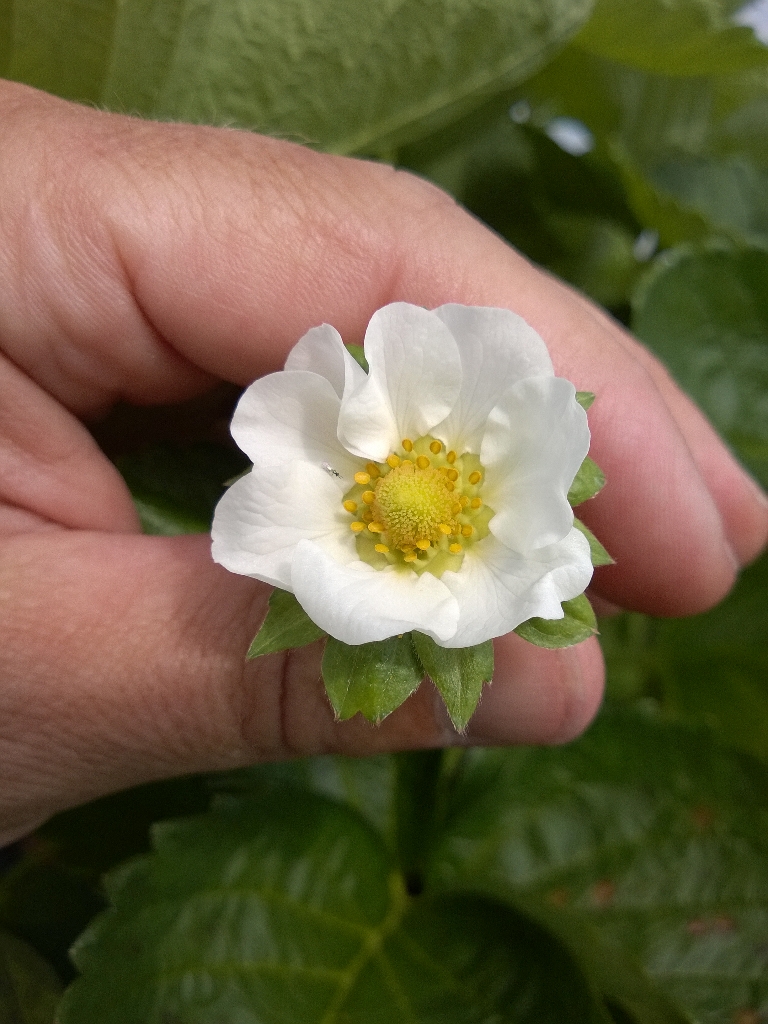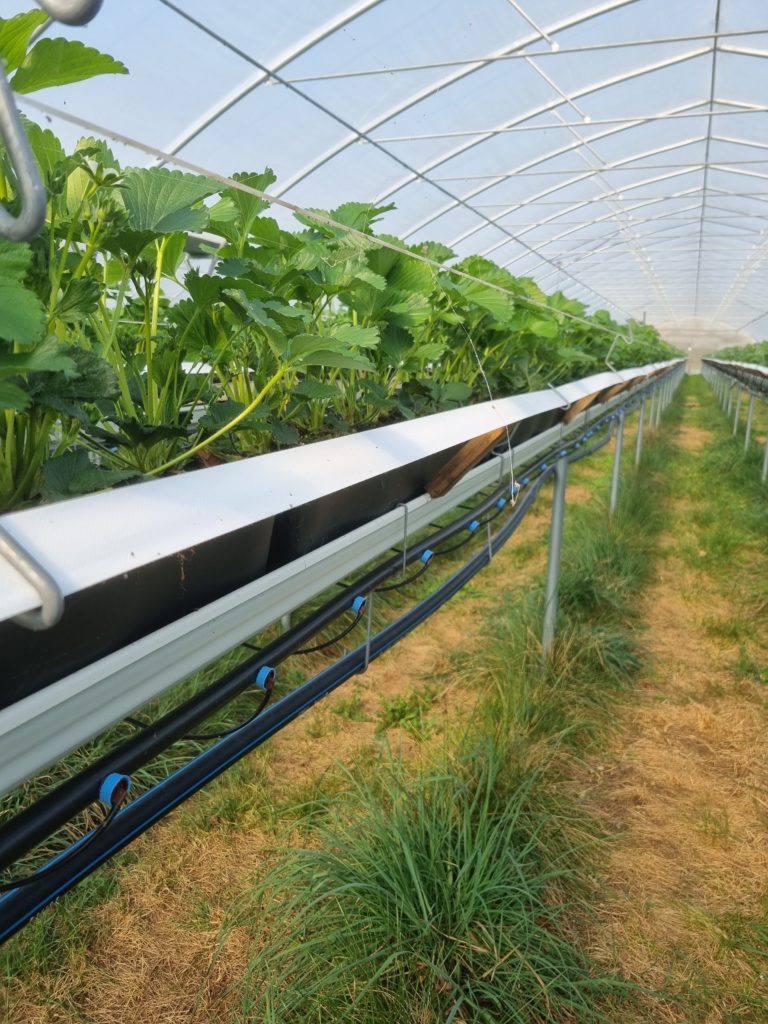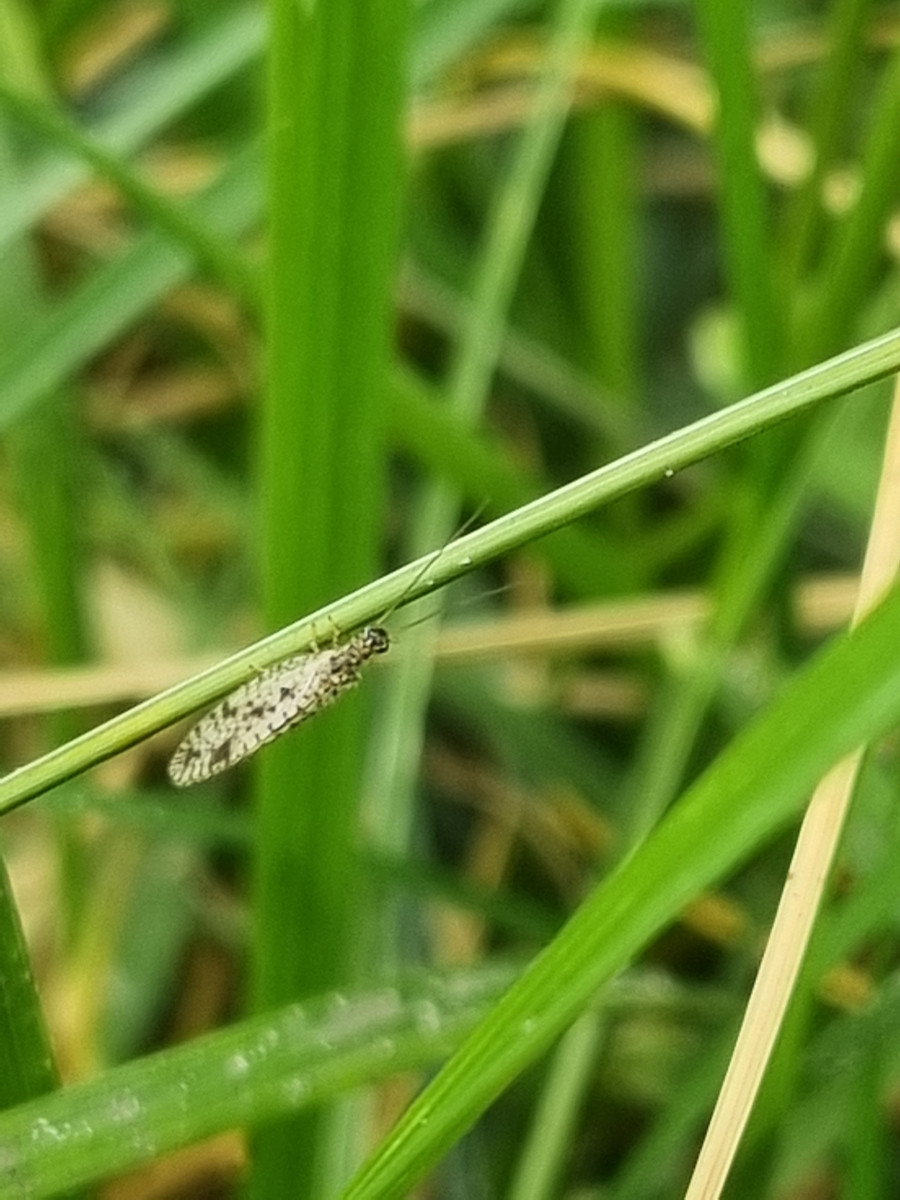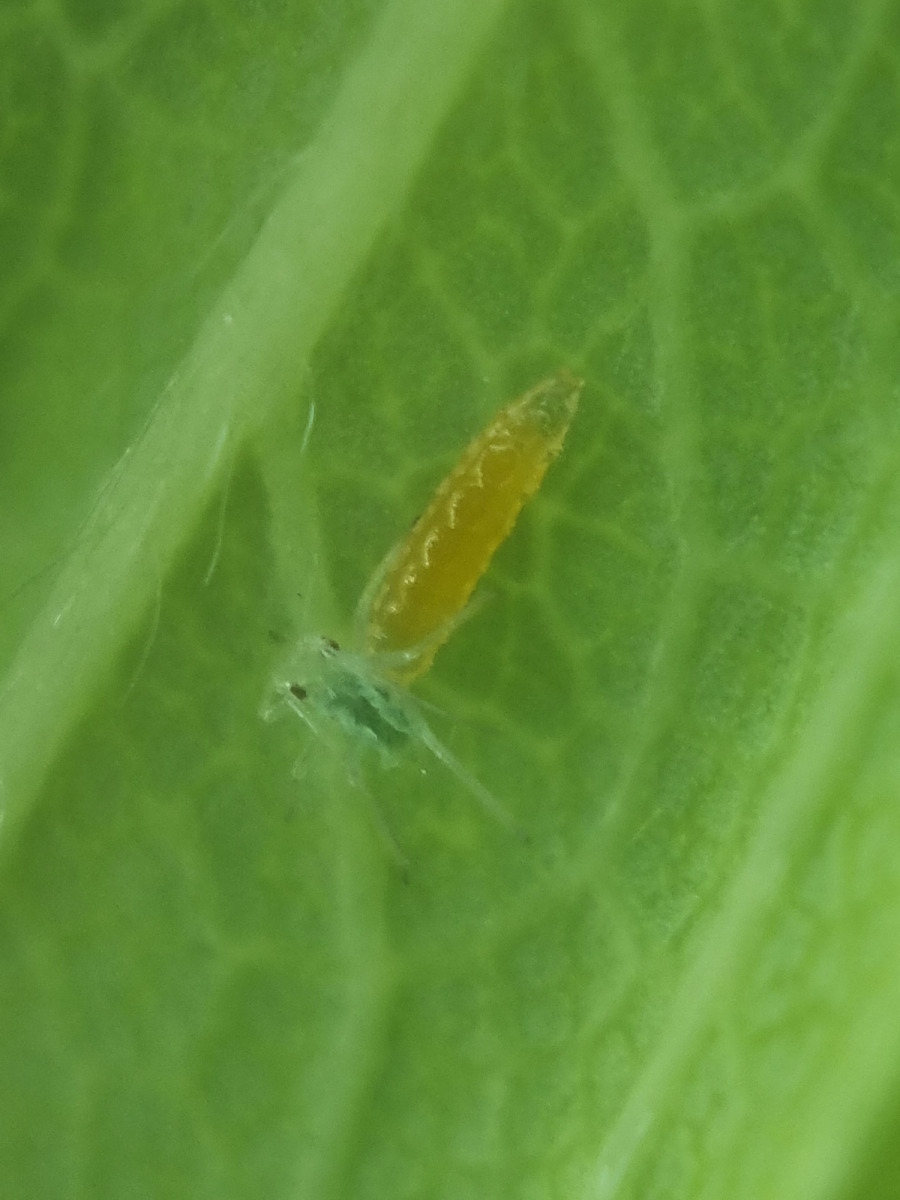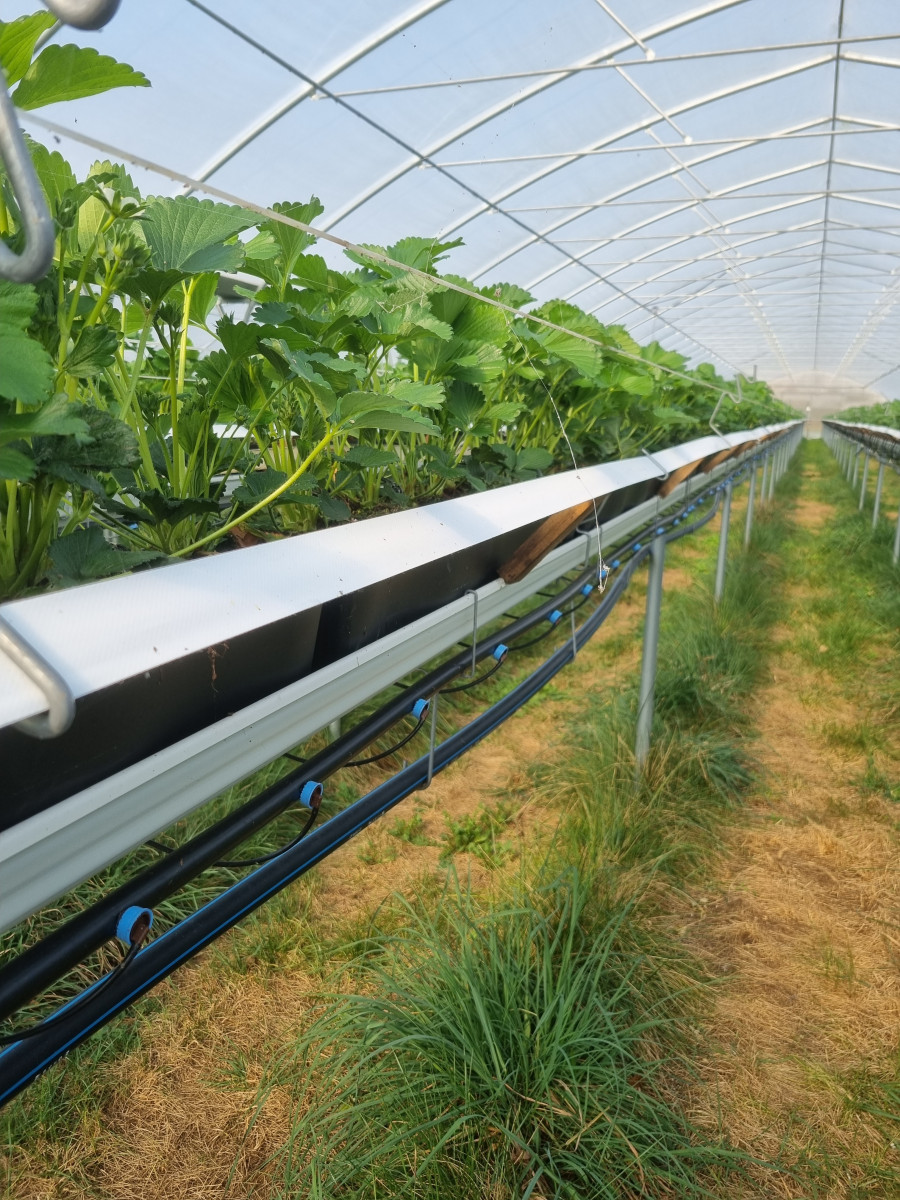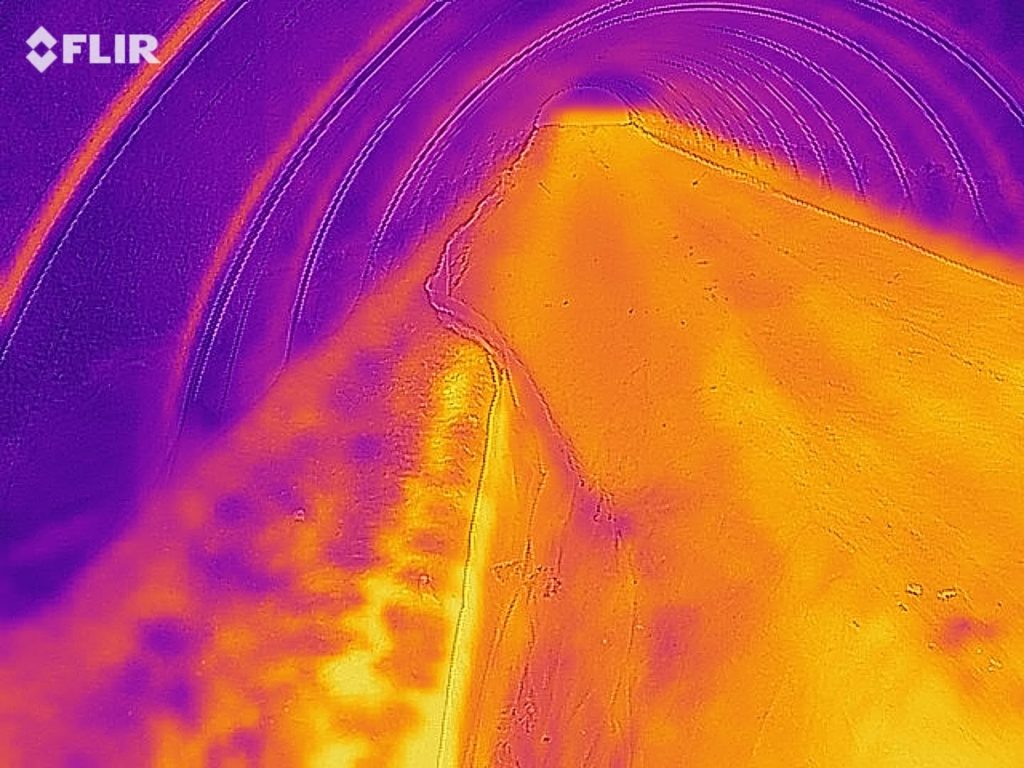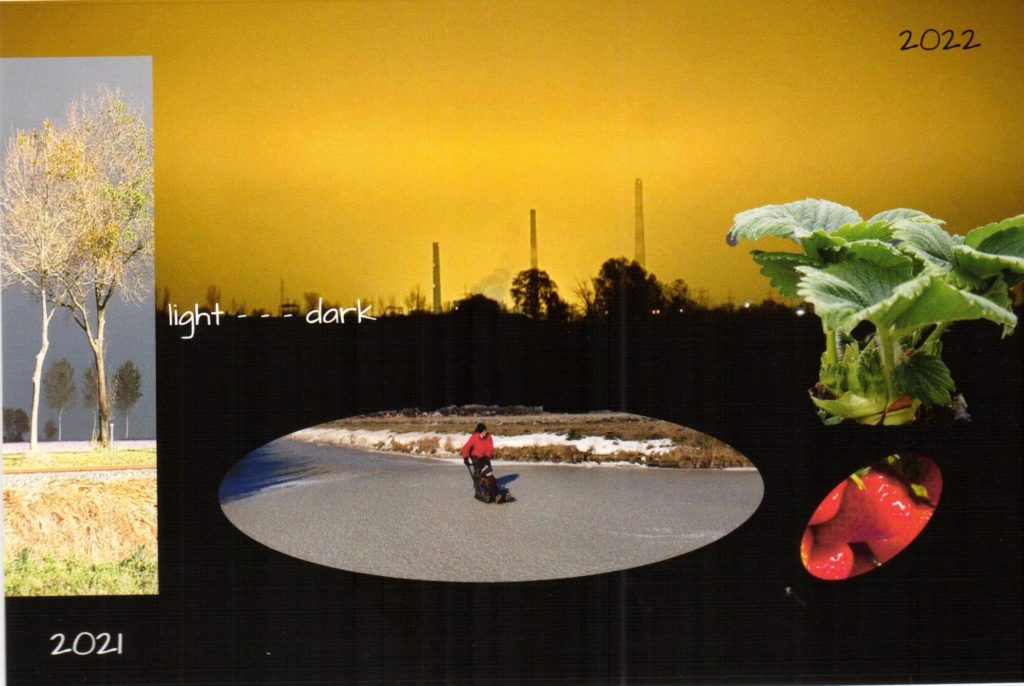This week some more pictures and some graphs of the current situation in the Norther part of the Netherlands.
Overpressure
Among the pictures you see one picture with black flower buds: Overpressure due to a combination of very active roots (good condition, high temperatures + no evaporation (high humidity). In this case pressure causses tissue damages on the weak tissue in the plants (generally: flower buds, young leafs and very young runners).
Below the development of the aphid population this year. The level is the following: 0 = nothing 1 = every now and then an aphid 3 = limit of acceptable 5 = totally full with aphids

Milldew development can be seen in the graphs below. It is very clearly, that the coincidence of milldew is increasing. Althoug the highest level is still on 2 (acceptable), but action is needed.

Those graphs is one of the things i like in my scouting app (FarmQA).
Below this weeks bugs.



